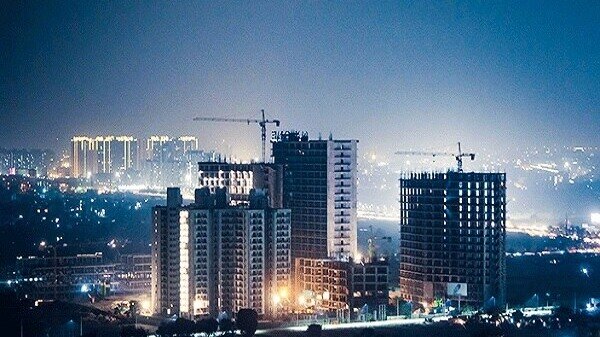Startup founder Akshat Shrivastava on Tuesday urged Indian homebuyers to take a hard look at their finances before jumping into real estate. Drawing a sharp contrast between Indian and Dubai-based working-class families, Shrivastava advised: “If the house’s EMI > 33% of your combined income, it probably is NOT worth the stress.”
“In Dubai, I frequently meet Indian couples: who have bought 2-3 properties,” he wrote. “They put these up on rent. And, turn these assets into their retirement plan.” He clarified that he wasn’t referring to the wealthy but to “normal, working class couple, who worked hard. Saved money. And, 10-15 years into their career, build decent wealth to take work easy.”
Shrivastava broke down the math that makes it work: “They borrow at 5%, rent their property at 6-7% yield, and are not burdened by the EMIs.”
He contrasted this with the Indian scenario: “The opposite is the story of Indian couples in India: they buy 1 property. Borrow at 10%, get yield of 3%. And, 1 person’s income keeps going into EMIs.”
In Dubai, I frequently meet Indian couples: who have bought 2-3 properties.
They put these up on rent. And, turn these assets into their retirement plan.
Here, I am not talking about the affluent class. I am speaking about normal, working class couple, who worked hard. Saved…
Although he stated clearly, “I am not saying that Dubai market is better or India’s real estate market is better,” he emphasised the psychological and financial difference: “The point I am making is: the burden/freedom that comes with buying a property across these 2 geographies.”
In February this year, Yogen Shah, Supply Chain Director at Petrofac, raised concerns about India’s soaring real estate prices, questioning why there had been no correction despite hyperinflation. In a LinkedIn post, he compared property rates in Indian metro cities to those in the US and Europe, highlighting the stark contrast in GDP and per capita income.
Shah cited an example of a friend who purchased a 1,100 sq. ft. apartment with three bedrooms in a Mumbai suburb for ₹3.5 crore. “How do they fit 3 BR in 1,100 is beyond my imagination,” he said, calling the Indian real estate market “hyperinflated.” He attributed this to “black money of corrupt earners.”
Expressing frustration over financial scrutiny in other transactions, Shah pointed out the lack of stringent checks in real estate deals. “For real estate, there are no such stringent requirements. You can purchase property in different family members’ names – who are not even earning. How?”
Shah also drew a comparison with the stock market, emphasising that real estate prices do not correct despite environmental and infrastructure issues. “In the stock market, prices reflect a company’s performance. In real estate, nothing happens with change in air quality, pollution, water shortage, excessive traffic. More crowd, more price,” he wrote.
Backing his argument with economic data, Shah noted, “US GDP is $27 trillion, and India’s is just $4 trillion. Per capita income in the US is $60,000 per annum, while in India, it’s barely $2,500. This is surprising.”








